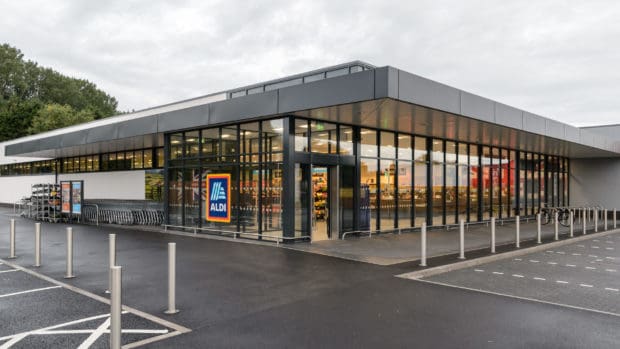As the UK marks three months under lockdown, Sage – the market leader in cloud business management solutions – today published an in-depth report based on weekly polling of a total of 5,000 SMEs over the course of the lockdown period.
The 3 Months On: Learnings from Lockdown report highlights some encouraging signs of adaptation and recovery. Total expected revenue impact improved consistently over the three-month period, rising from -29 per cent in late March to -10per cent in late May. 45 per cent of businesses expect long-term change as a result of the outbreak and many have already made significant adaptations; 28 per cent have started conducting business online, 42 per cent plan to reduce expenditure on offices and production sites, 37 per cent intend to increase trade with international markets and 57 per cent expect the size of their workforce to change over the next 6 months.
However, the report also underlines the scale of the challenges ahead. 61 per cent of businesses are still operating at a loss and 68 per cent are experiencing a more than 25 per cent reduction in sales. 60 per cent are considering redundancies and the majority expect these to occur in August when employers must begin to contribute to costs.
Although 70 per cent of SMEs believe that technology will play a key role in helping them adjust to the impact of Covid-19, only a small proportion are actively planning to increase digitisation of key operational processes and there is significant demand for incentives or grants to drive technology investment; a grant to support technology investment is the most popular option for further government support, ahead of a cut in VAT, an extension of the business rate holiday or a cut in corporation tax.
As technology becomes a bigger priority for small enterprises, the 3 Months On: Learnings from Lockdown report found almost a third (32 per cent) of businesses have been victims of hacks, cyber scams or malware since the start of the pandemic and half believe that their business is more vulnerable to a data or cyber breach than before the crisis. Despite this, security of data and systems is the lowest priority for digital investment. Only 6 per cent see enhancing the security of data and systems as a significant priority; most plan to focus on workforce management and adapting operational processes.
The disruption has also taken its toll on business morale. Half of SMEs reported a surge in stress levels among employees, 39per cent reported a decrease in employee motivation, and 37 per cent a decrease in productivity.
Sabby Gill, managing director of UK&I at Sage, said: “For SMEs, the lockdown period has been defined by some of the most extreme uncertainty and significant continuity challenges they have faced for generations.
“It’s encouraging to see that prospects are improving for some, as we look towards a full re-opening of the economy. But for many, the outlook is still highly uncertain, and there will be a period of adjustment to the new normal. The divide between sectors is only widening as the crisis continues, and some will need more intensive and sustained support than others going forward.
“We must take learnings from the period of lockdown to inform the recovery – and this data highlights an urgent need to catalyse digital adoption. Although 70 per cent of business say technology will be essential to their recovery, only around 30per cent can currently afford to digitise processes – and a grant to enable technology investment is more popular than a cut in VAT or an extension of the business rate holiday as a measure to help support businesses through the rest of the year.
“We are calling on government to prioritise simple and accessible financial incentives – such as digital grants and vouchers – to help SMEs digitise their operations. This will boost productivity, drive resilience against further disruption and help us transition towards a higher growth, more dynamic economy.”
Key findings from the survey of 5,000 decision makers in UK SMEs also include:
- Levels of support and approval for government action to help businesses rose over the lockdown period, from 47 per cent at the start of lockdown to highs of 63 per cent in early May, following the launch of bounce back loans and as details of the recovery strategy began to emerge
- The government’s workplace guidance drove an increase in preparedness and confidence among employees, particularly for the manufacturing, construction, financial and professional services sectors
- Levels of preparation for a second spike in the pandemic are relatively high, but 35 per cent of businesses are still making no preparations to deal with a resurgence and a further tightening of restrictions.
- The divide between sectors has widened – and for some businesses, there has been no improvement in outlook during lockdown. Unsurprisingly, the hospitality and retail sectors continue to face acute challenges. Even by late May, the hospitality sector maintained expectations of a -75 per cent hit to revenue; in line with the -73 per cent expected at the start of lockdown.
- Retailers also face a greater financial hit, with expected revenue impact reaching -88 per cent in early April and stabilising around -32 per cent in late May. In contrast, SMEs in healthcare, technology and media expect an increase in revenue of between 9 and 12 per cent.








Share